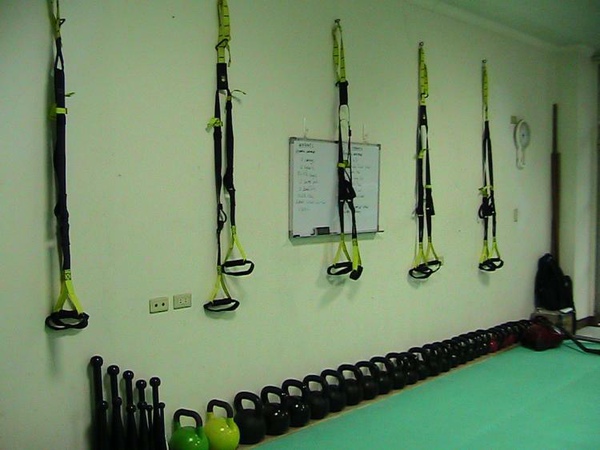There are four ways to work out: low intensity/low volume, low intensity/high volume, high intensity/low volume, and high intensity/high volume.
Now most of you know my opinion of low intensity/low volume efforts. This is for relaxation, recovery, etc. only. Almost no one I know should be working out at this level unless you're taking a recovery break. You don't need to adapt to this level of training unless you were completely sedentary before starting your exercise program.
The other three options all take some time to adapt to. But here's the key: if you don't commit to doing high volume or high intensity on a fairly regular basis you WILL NOT adapt.
Contrary to popular belief, my job isn't to make people sore. That's fairly easy to do actually. My job is to get people fitness results and that happens through adaptation. You adapt to the work you do. But if you don't do it and do it regualrly, you'll never adapt.
This becomes an issue with people that want to come in once or twice a week. I always insist that these people buy some of the equipment we sell to use at home because 1-2 times a week just isn't sufficient volume or intensity. What will happen is that the clinet will always be sore or borderline injured because the consistency is not there.
The methods I use are also pretty intense. That's why we only have 30 minute classes -- I pack a big punch in a small time frame. You must experience that intensity regualrly to overcome it and make the big gains that this method can bring you.
So those of you doing P90X, Crossfit, kettlebell training, or other fairly high volume and high intensty methods should be careful to make a commitment to the training. Letting things interfere with it and then trying to go back at the intensity and volume that you left it will not pay off in the end.


